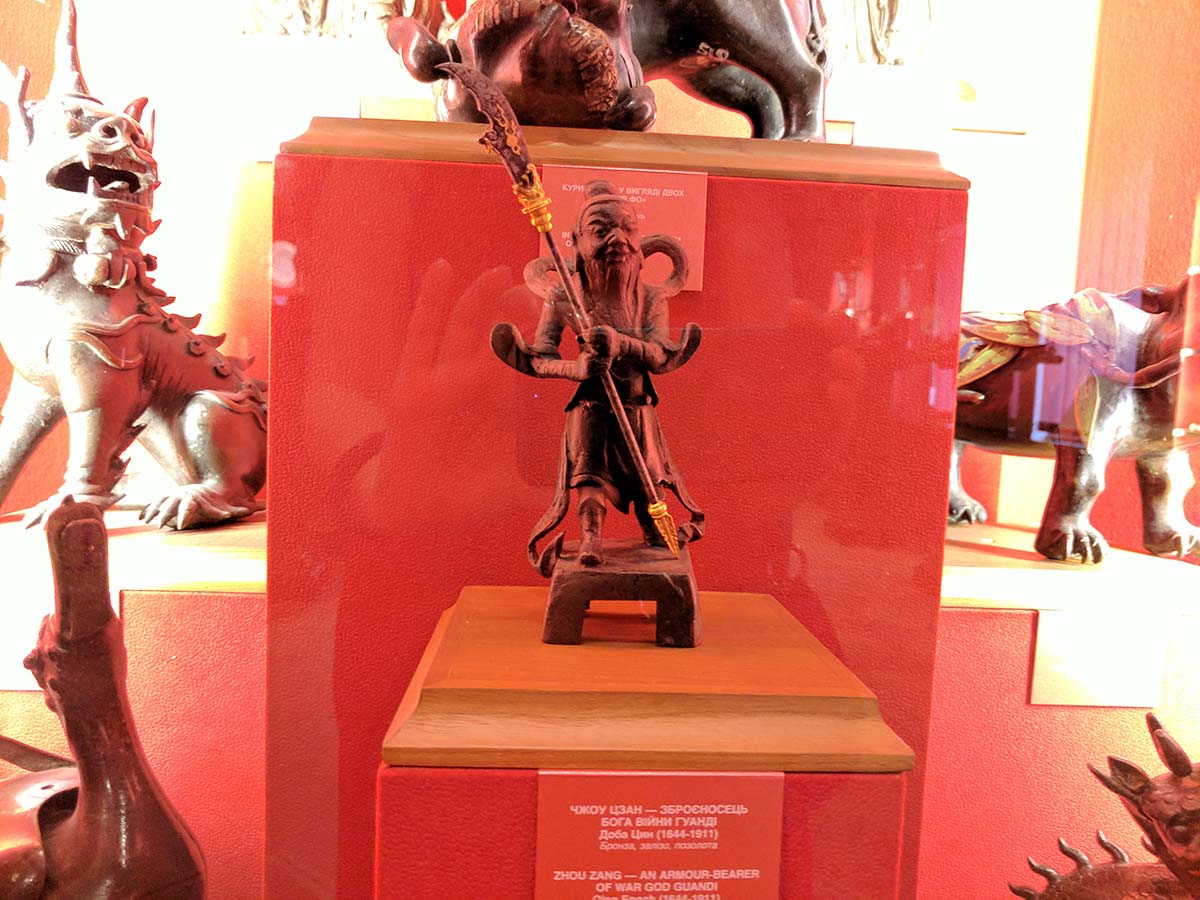Bogdan Ivanovich Khanenko (Russian industrialist, collector and philanthropist) graduated from Moscow University with a degree in law and was assigned to St. Petersburg in 1871. There, Yuri Druzhinin, the brother of the famous writer, and Dmitry Grigorovich, secretary of the St. Petersburg Society for the Encouragement of Artists, became his acquaintances. In St. Petersburg, Khanenko became interested in collecting, and there he married Varvara Tereshchenko, the daughter of a wealthy sugar factory. The marriage made Bogdan financially independent, and his wife supported him in his business all his life. After some time, the couple met Pyotr Semyonov-Tyan-Shansky, a famous scientist who was fond of collecting Dutch and Dutch paintings. They gained experience and useful advice from him, after which they began deliberate collecting in order to demonstrate the development of art over several centuries.
The Russian government carried out judicial reform and lawyer Khanenko was transferred to Warsaw in 1876. 4 years in Poland were filled with work and avid collecting – it was here that Bogdan Ivanovich buys the remains of the collection of paintings by Count Heinrich Brühl, a famous minister and collector in the 18th century. The main part of Bruhl’s collection was bought by Empress Catherine II back in the 18th century. Now it is in the Hermitage Museum. Khanenko also turned his attention to decorative and applied arts. In addition to paintings by old masters, he begins to buy porcelain, glassware and majolica from Italy.
Collection composition
– art of Ancient Egypt (small collection).
– art of Ancient Greece (ceramics, tanager figurines, archaeological things)
– Etruscan art (single copies)
– art of Ancient Rome (two marble portraits, antique glass, archeology)
– Byzantine art (encaustic icons, mosaics, archaeology)
– art of the Western European Middle Ages (France, Italy, etc.)
– Renaissance art
– art of the Netherlands of the 15th-16th centuries
– art of Flanders of the 17th century (single paintings and tapestries)
– Dutch art of the 17th century (painting with almost no great names, Celtic faience)
– art of Spain
– French art of the Rococo era of the 18th century
– German art (porcelain only)
– art of the countries of the Arab East and India (single items)
– art of China
– art of Japan
– art of foreign countries of the 19th-20th centuries (single creations)
– cabinet of engravings
– library
In 1888, Khanenko resigned and settled in Kyiv. I decided to build a luxurious mansion for housing and housing my collections. Its facade resembles a palazzo from Venice, and the halls are designed in the style of the 17th century Dutch Baroque, Gothic, Rococo, and Renaissance. Khanenko complemented the interiors with furniture of the corresponding era, weapons, dishes, trunks and valuable tapestries. Soon after Khanenko’s death in May 1917, his widow Varvara donated his entire collection to the city of Kyiv in December 1918. On June 23, 1919, the collection was given museum status.
In the late 1920s and early 1930s, the government of the Soviet Union, in order to obtain funds for the industrialization of the country, began the process of selling off museum and church valuables. The art museum did not escape this process either… Among the valuables sold were Byzantine icons, the tapestry “Adoration of the Magi” (France, 1512), and the painting “Adam and Eve” by Lucas Cranach the Elder. The last creation was sold in May 1931 in Berlin. But the museum suffered its main losses during the German occupation of Kyiv: about 360 paintings, 9 valuable sculptures and 20,690 engravings were taken away. Before the arrival of the Nazis, it was possible to evacuate only part of the valuables by river to Dnepropetrovsk, and then to Ufa. Another part was hidden in Kyiv itself. After the war, the evacuated valuables were returned to the museum. After the liberation of Kyiv in 1943, some of the hidden paintings, porcelain, and numismatic collections were taken out of storage, and valuables from the evacuation were also returned. The museum building survived, but required repairs. In the post-war period, the collection gradually increased, but small post-war receipts could not fully compensate for the losses and did not fill significant losses in the collection.
Where is the National Museum of Art named after Bogdan and Varvara Khanenko?
Tereshchenkovskaya street, 15
(044) 235-32-90
Wed, Thu, Fri, Sat, Sun: 10:30 – 17:30, Mon, Tue: closed







